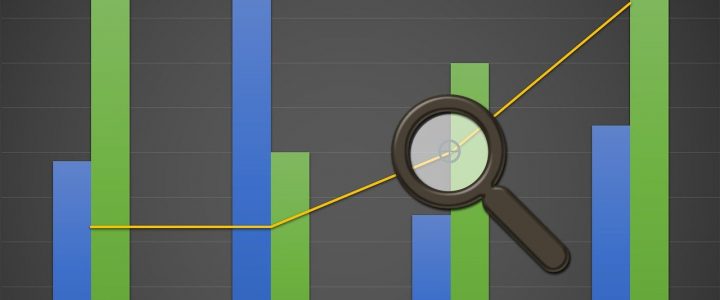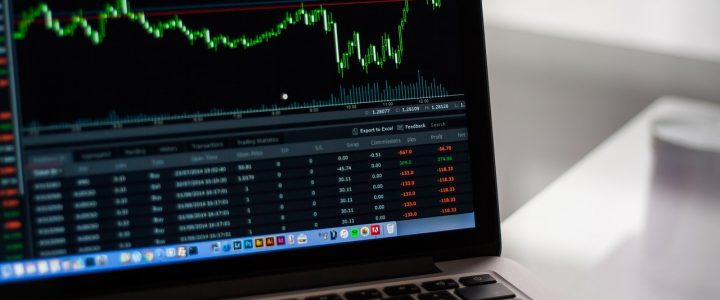U.S. stocks shook off a Monday selloff sparked by coronavirus variant concerns to finish positive for the week. The Dow, S&P 500, and Nasdaq finished at all-time closing highs. Large-cap growth stocks lifted the Nasdaq Composite by nearly 3% and the S&P500 by 2%. Plenty of potential market-moving events this week, from tech earnings to the Fed meeting and key economic releases.
Last Week
On the positive side, continuing claims declined by 126,000 to a pandemic-era low of 3.24 million. Housing starts increased more than expected in June, despite labor and land shortages which are weighing on homebuilder confidence. Existing home sales rose 1.4% in June after 4 straight months of decline. The median price reached an all-time high of $363,000, up 23.4% compared to a year ago. After Q2’s growth, signs of cooling emerged as the IHS Markit Composite PMI slid to 59.7 in July from 63.7. Finally, shares of many U.S.-listed Chinese companies fell sharply on Friday. This was a result of authorities stepping up restrictions on the private education industry and increased scrutiny on overseas listings.
U.S. economic data was mixed, headlined by a surprise jump in unemployment claims, which totaled 419,000 versus estimates of 350,000. The decline in Treasury yields last week shows investors believe inflation is not the biggest problem facing the U.S. economy. Instead, investors worry about slowing growth. Even though Federal Reserve officials have signaled that they will hold off raising interest rates until after inflation climbed above their 2% target rate, eroding job growth has shown investors that the economy may not run as fast as anticipated.
Week Ahead
Expect discussions to accelerate amongst Fed officials as to when to start reducing asset purchases and how quickly to taper them, although a final decision is not expected until later in the summer. Their remarks will come ahead of the first look at Q2 GDP on Thursday where 8.5% growth is anticipated, the second-fastest pace since 1983 and exceeded only by last summer’s strong rebound. U.S. consumer confidence and durable goods reports will drop on Tuesday. Tesla, Apple, Microsoft, Google, Facebook, PayPal, and Amazon all report earnings this week. The week and the month close on Friday.
Year-to-date index performance; Dow down 14.56%, S&P down 17.46%, and Nasdaq up 15.12% through the close on Friday.
This website is for informational purposes only and is not intended to be specific advice or recommendations. For specific advice or recommendations you would need to meet directly with one of our advisers.





